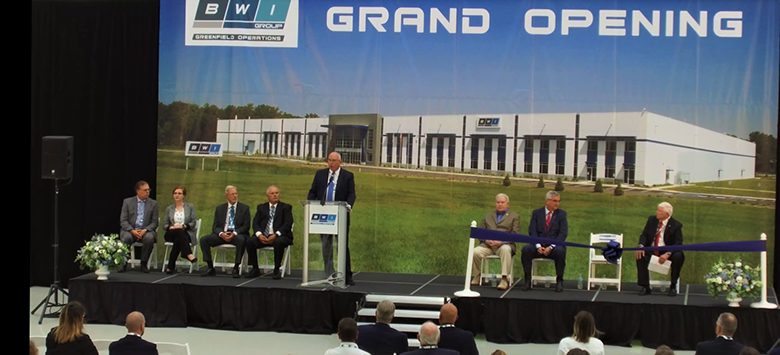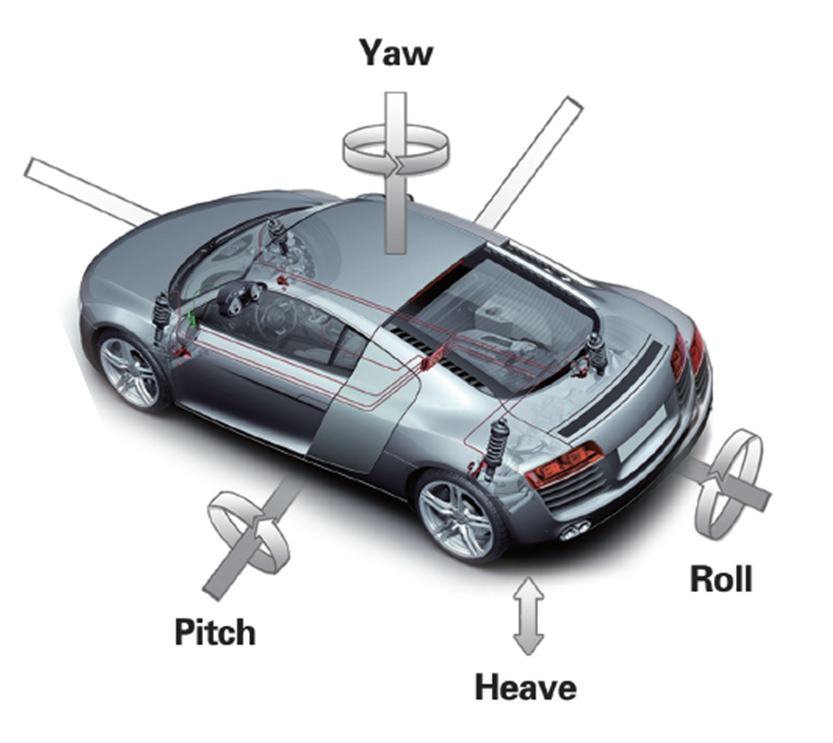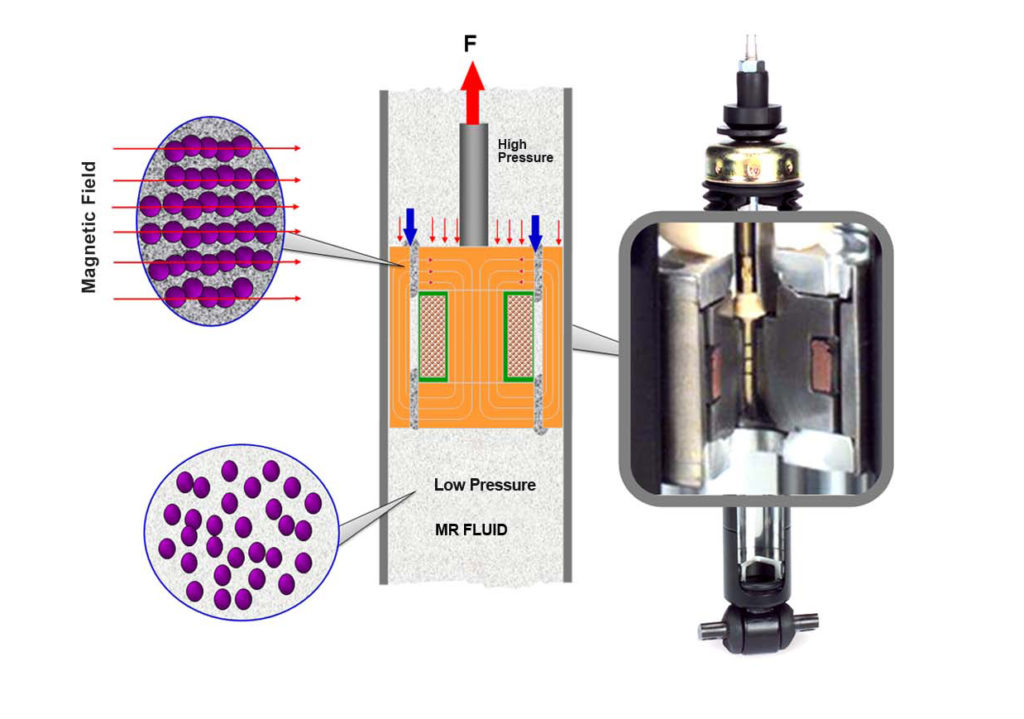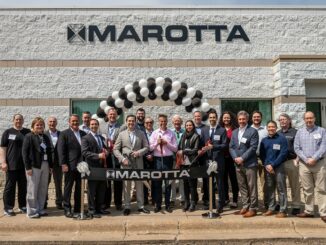
BWI Group, maker of MagneRide suspension systems and magneto-rheological powertrain mounts for the automotive industry, has opened a new manufacturing plant in Greenfield, Indiana which becomes its first plant in the US and second in North America.
The 276,000-square foot facility is the third plant erected over the time BWI has operated in the global automotive market, after the Fangshan, China plant in 2009 and the Cheb, Czech Republic plant in 2016. “The Greenfield operation will be BWI’s most automated and high-tech plant, “says Tom Gold, vice president of operations.
BWI Group is a China-based chassis supplier that designs and manufactures an extensive line of brake and suspension systems for the global transportation market. It was established in 2009 when BeijingWest Industries Co., Ltd. acquired what was formerly the Chassis Division of Delphi Corporation.
The new plant will conduct full-service manufacturing of all type of suspension systems that BWI Group offers including MagneRide, a magneto-rheological suspension damping technology used especially by premium car manufacturers.

It is a well-known tuning tool for ride and handling development. Vehicle body and suspension motions are used as inputs into a control algorithm that determines optimum damping levels for each corner, 1,000 times per second, providing variable damping. Each suspension damper in the system employs a magnetic field within the piston to vary the damping force. Instead of mechanical valves within the damper, the strength of the magnetic field operating on the magneto-rheological fluid determines the optimal damping force every millisecond. Available exclusively from BWI Group, MagneRide is employed in various product configurations and available for all classes of passenger cars, light trucks, sports cars and SUVs.

Unlike passive dampers that have only one performance characteristic, MagneRide dampers can develop an almost infinite number of force characteristics within a very large damping force window.
Operation-wise, it is deceptively simple, exploiting the novel characteristics of MR fluid. Damper valving is eliminated. The damper piston and rod assembly is the only moving part within the damper working chamber.
In the presence of a magnetic field, the MR fluid will stiffen. In the absence of a magnetic field, it will flow like a normal liquid. The simplicity of the damper is complimented by the speed and sophistication of the controlling mechanism. One thousand times per second, sensory inputs are read, damping forces are calculated, and resulting damping forces are applied.

BWI also makes innovative powertrain mounts using MR fluid that isolate vibrations from the vehicle’s body while also providing enhanced powertrain motion control. Unlike conventional hydraulic mounts which provide peak damping at a single frequency and amplitude, its MR mounts can provide high damping over a broad frequency and amplitude range.
Using MR fluid to change the damping rate in real time, the mounts may be “firmed up” with high levels of lateral acceleration for more direct cornering, or “softened” to maximize comfort during straight-ahead driving. The original MR powertrain mounts were engineered for performance and configured for premium sports car applications. They prevented large transient powertrain movements in the frequency range of 2-22 hz from reaching the chassis. The second-generation design retains this capability while also providing isolation from smaller amplitude movements in the critical comfort range of 30-150 hz, enabling the technology to be applied to touring vehicles where superior levels of refinement are required.

Each mount contains an electromagnetic coil that can generate a variable magnetic flux across the fluid passages. When the coil current is turned off, the MR fluid is not magnetized, the iron particles are randomly dispersed within the fluid, and the fluid behaves like conventional hydraulic oil. When the coil is energized, the magnetic field causes the particles to align into fibrous structures in the direction of the magnetic flux. The strength of the bond between the particles in the structures is proportional to the strength of the applied magnetic field, so changing the current provides real-time variable damping with a very large range of force variation.
Lord Corporation, recently acquired by Parker Hannifin, is a primary supplier of magnetic fluids to BWI.
For more info, see www.bwigroup.com.



